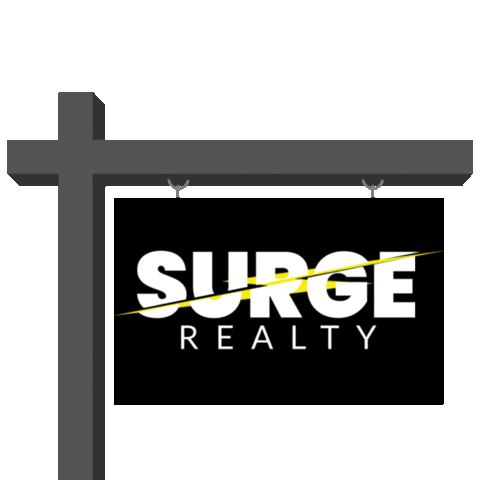Discover the Thrill of Urban Exploration Photography: Tips and Techniques for Capturing Hidden Gems
- Adriana Perez
- Jun 16, 2024
- 2 min read
Updated: Jul 17, 2024
Are you fascinated by the beauty of abandoned buildings, forgotten factories, and decaying structures? Do you have a passion for photography and a love for adventure? If so, urban exploration (urbex) photography might be the perfect creative outlet for you. In this blog post, we’ll dive into the world of urbex photography, offering tips and techniques to help you capture the hidden gems of urban landscapes.
What is Urbex Photography?
Urban exploration, or urbex, involves exploring man-made structures, usually abandoned or in decay. Urbex photographers seek out these forgotten places to document their beauty, history, and unique character. From derelict hospitals to empty factories, urbex photography allows you to capture the haunting beauty of places that time has forgotten.
Essential Gear for Urbex Photography
Before you set out on your urbex adventure, it’s crucial to have the right gear. Here are some essentials:
Camera: A DSLR or mirrorless camera with manual settings is ideal. Ensure it has good low-light performance.
Lenses: A wide-angle lens (10-24mm) is great for capturing the vastness of interiors. A 50mm prime lens is excellent for detail shots.
Tripod: Essential for low-light conditions and long exposures.
Flashlight/Headlamp: To navigate dark areas and for light painting techniques.
Protective Gear: Sturdy boots, gloves, and a mask to protect against dust and debris.
Tips for Successful Urbex Photography




Your Research:
Before visiting a location, research its history and current status. Use Google Maps, forums, and urbex communities to gather information.
Ensure the site is safe to enter and understand the legalities involved. Trespassing can have serious consequences.
2. Safety First:
Never explore alone. Bring a friend for safety.
Be aware of structural instability, asbestos, and other hazards.
Carry a first-aid kit and let someone know your whereabouts.
3. Respect the Location:
Follow the urbex code: “Take nothing but pictures, leave nothing but footprints.”
Avoid vandalism and respect the site’s history and condition.
4. Master the Light:
Urbex sites often have limited natural light. Use a tripod and long exposures to capture detailed shots in low light.
Experiment with light painting using flashlights or external flashes to illuminate dark areas creatively.
5. Composition and Angles:
Look for symmetry, leading lines, and unique perspectives to create compelling compositions.
Capture both wide shots to show the scale and detail shots to highlight textures and decay.
6. Post-Processing:
Enhance your photos with post-processing tools like Adobe Lightroom or Photoshop.
Adjust exposure, contrast, and colors to bring out the details and mood of the scene.
Inspiring Urbex Photography Ideas
Abandoned Schools: Capture the eerie atmosphere of empty classrooms and hallways.
Old Factories: Document the machinery and industrial decay.
Theaters and Cinemas: Find beauty in the faded grandeur of these once-vibrant spaces.
Hospitals and Asylums: Explore the haunting remnants of medical facilities.
Homes and Mansion: Discover personal stories through forgotten homes and belongings.
Urbex photography is a thrilling blend of adventure, history, and creativity. By exploring and documenting these forgotten places, you can capture the unique beauty and stories they hold. Remember to always prioritize safety, respect the locations, and continuously refine your skills. Happy exploring!
Feel free to share your urbex adventures and photos in the comments below. I’d love to see your work and hear about your experiences!
Check out the art shop!




Comments